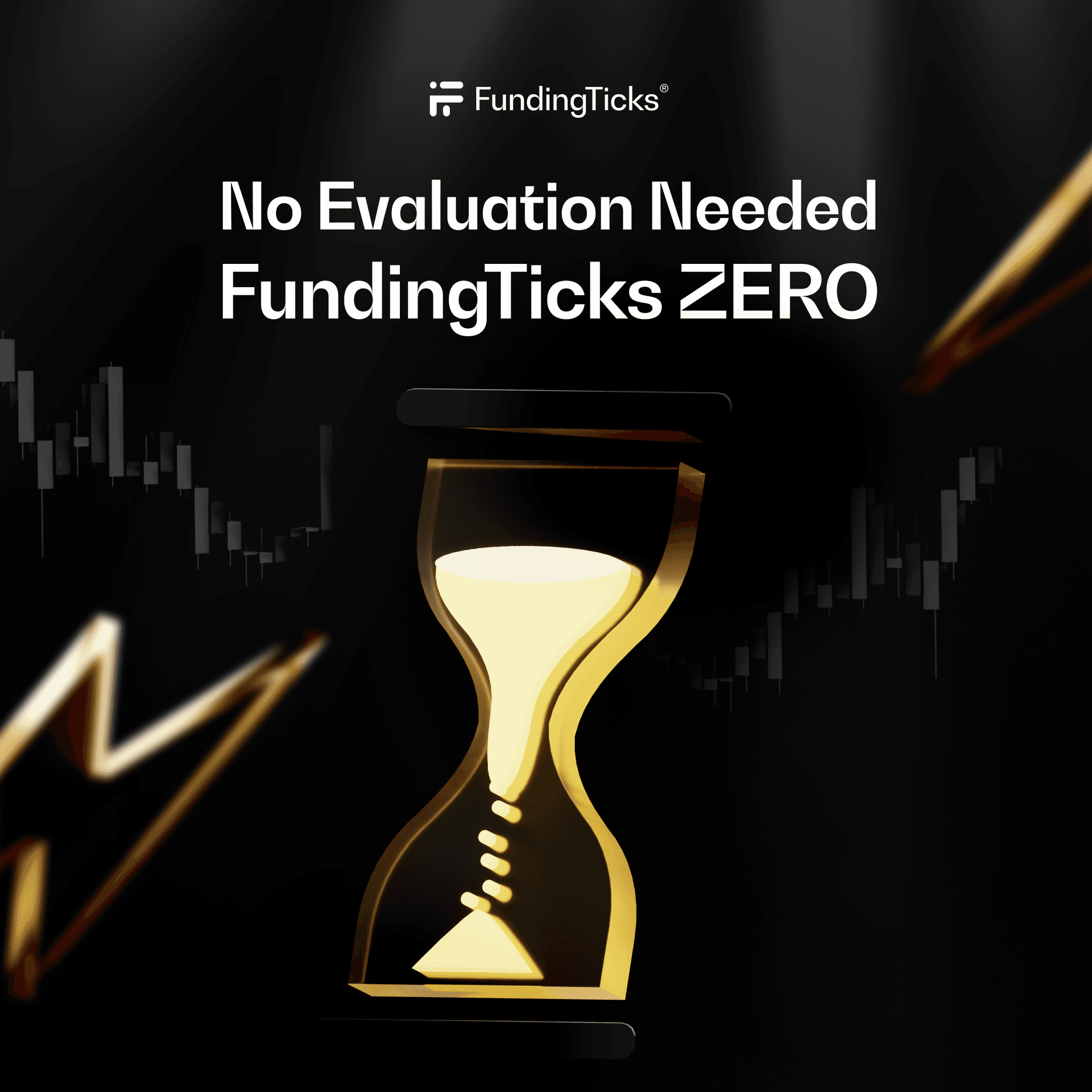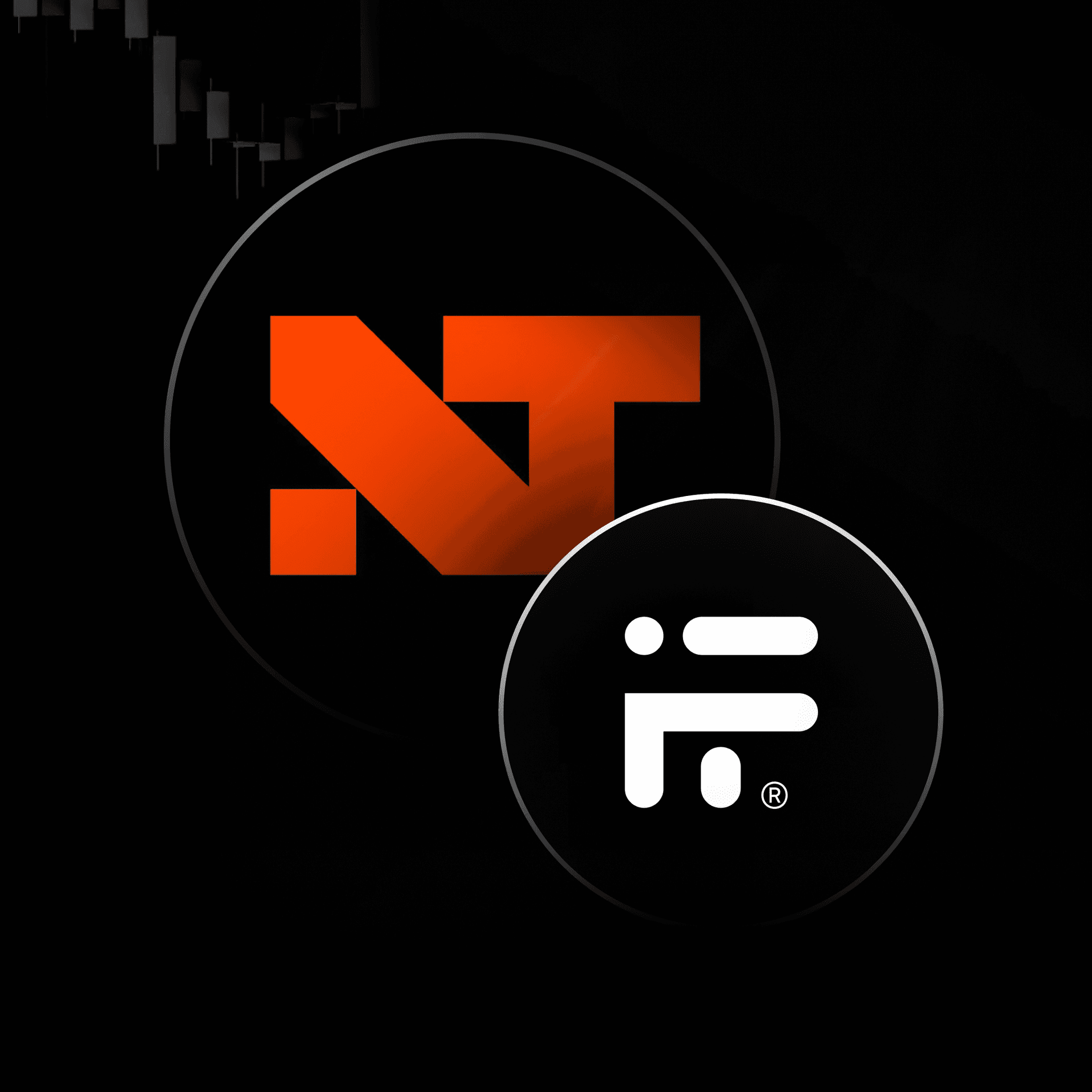Bitcoin Futures: Everything You Need To Know Before You Start
5/16/2025, 7:37:30 AM
Learn everything about Bitcoin futures trading, from how they work, key differences from spot Bitcoin, platforms offering futures, trading strategies and risk management.

Bitcoin Futures: Everything You Need To Know Before You Start
Bitcoin futures were introduced to the global markets back in 2017 by the CME Group. This was the first futures for cryptocurrencies, allowing traders to buy and sell Bitcoin without actually owning the cryptocurrency.
For the first time in December 2017, traders could own contracts that allowed them to buy or sell at a specific time in the future. Moreover, they could increase their earnings by using leverage. Futures have been around for other asset classes, like commodities and stocks. They allow investors and traders to hedge against future price movements. However, for cryptocurrencies, it took time before investors were confident enough in the asset class. The high volatility experienced in Bitcoin prices increases the risk to an investor.

Difference Between Spot Bitcoin And Bitcoin Futures
Spot Bitcoin and Bitcoin futures are two different trading instruments that come with their merits and demerits. Some of the differences between these two include the following.
Asset Ownership
When trading spot Bitcoin, traders buy and own the actual cryptocurrency. On the other hand, for Bitcoin futures, you only own a contract reflecting the price of the underlying asset, which in this case is Bitcoin. Moreover, your profit or loss will depend on the price fluctuations of Bitcoin and the terms of the contract.
Asset Delivery And Settlement
Another key difference between spot Bitcoin and Bitcoin futures is the delivery and settlement. When you buy Bitcoin in the spot market, you receive the asset immediately at the current price. On the other hand, when you buy or sell Bitcoin futures, you receive the settlement at a future time.
Furthermore, settlement for spot Bitcoin is in cryptocurrency. Meanwhile, for Bitcoin futures, traders mostly get settlement in cash.
Leverage
Spot Bitcoin trading does not come with leverage. This means that you bear the full risk. For instance, if one Bitcoin costs $100,000, then you need to have the full amount to buy one Bitcoin. On the other hand, with Bitcoin futures, traders get leverage depending on the platforms they use. This leverage gives you more buying power. However, although this increases your earning potential, it also increases your losses.
Regulation
Spot Bitcoin trading in platforms like Binance have little regulation, meaning traders have to be extra careful in protecting their assets. On the other hand, Bitcoin futures fall under platforms like CME which are well regulated, giving you better safety for your assets.
Expiration Date
You can hold a buy position for spot Bitcoin as long as you want. This can mean holding your coins for years. On the other hand, Bitcoin futures are traded in contracts that have an expiry date. When this time comes, you must close your position or it will be liquidated.
Nevertheless, you can choose to roll it over by closing and opening new contracts with a farther-off expiration date.
Short-Selling
With Bitcoin futures, you can either buy or sell contracts with the opportunity of making a profit, whether the price goes up or down. This increases your trading flexibility and increases your trading opportunities. Meanwhile, with spot Bitcoin, you have only one option, and that is to buy. There is no short selling in the spot crypto market, meaning less flexibility for traders.

Bitcoin Futures Trading
Bitcoin futures trading involves buying or selling contracts. These contracts show Bitcoin as the underlying asset. Moreover, they show the contract size. For instance, if one contract is 5 Bitcoins, you must have enough cash in dollars to buy 5 Bitcoins. However, with leverage, you might only need to put up half of this amount as margin. The rest can be leveraged.
Furthermore, the smallest price movement for Bitcoin futures is called a tick. Each tick represents 5 dollars. Therefore, for one contract, a one-tick move is equal to $25.
Bitcoin futures are settled in cash. This can be done before or at the expiry date. The futures have a minimum quantity of contracts depending on the platform you use for trading. For CME, the minimum contracts are set at five.
Platforms That Offer Bitcoin Trading
Different platforms today offer Bitcoin futures for trading. These include CME, Binance, and Bybit.

From the table above, it is clear that CME is suited for institutional traders. On the other hand, Bybit and Kraken can cater to retail traders due to their small contract sizes and high leverage.
Trading Strategies
There are many ways to approach the Bitcoin futures market. You can use it as a hedge against future price movements in Bitcoin. This works well for someone who owns the spot Bitcoin. Futures allow them to hedge against fluctuations that might see them lose value.
Another way of approaching Bitcoin futures is through normal active trading strategies. These include scalping and swing trading.
Scalping
Scalping involves taking advantage of small price movements. Therefore, it involves taking many trades in a day. With such a strategy, traders hold positions for seconds or minutes. However, numerous trades present the challenge of higher costs of trading. Therefore, you must have experience managing risk. Moreover, you must focus on only high-quality trades.
Swing Trading
Another great strategy for trading Bitcoin futures is swing trading. This involves holding positions for several days or weeks. Swing traders focus on catching swings in a trend. To do this, you can focus on identifying support and resistance levels in a chart where the price will likely bounce to continue the prevailing trend.

A good tool for this is the Fibonacci. With it, you can easily catch pullbacks to the retracement levels. Here also, you must apply proper risk management to ensure you survive in the markets.
Challenges in Bitcoin Futures Trading
Some of the challenges in Bitcoin futures trading include;
Liquidation. When a trader's position goes south, the margin balance can drop below the level required to keep the position open. In this case, the exchange will liquidate your position.
Leverage risks. Although Bitcoin futures come with the added advantage of leverage, it is a double-edged sword that can work against most traders. In case of a loss, it is magnified and can lead to significant drawdowns.
Volatility. Volatility is a big issue with cryptocurrencies. Bitcoin futures are not different since they reflect the price of spot Bitcoin. This volatility can increase your risk exposure.
Conclusion
Bitcoin futures trading has allowed many to participate in Bitcoin’s price movements without owning the actual asset. Moreover, traders get access to leverage with trading platforms, which can boost their earnings potential. However, the futures remain just as volatile as spot Bitcoin. Therefore, it is important to maintain proper risk management.
Join FundingTicks today and get $50,000 in funding to trade futures. Receive a profit split of 90% every four days.


